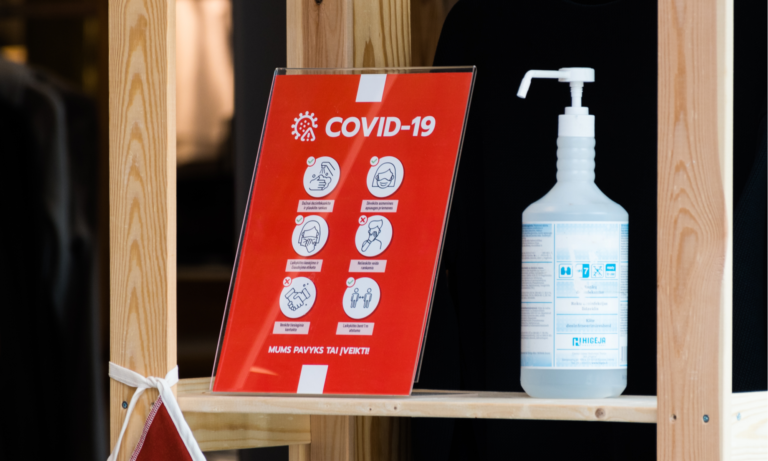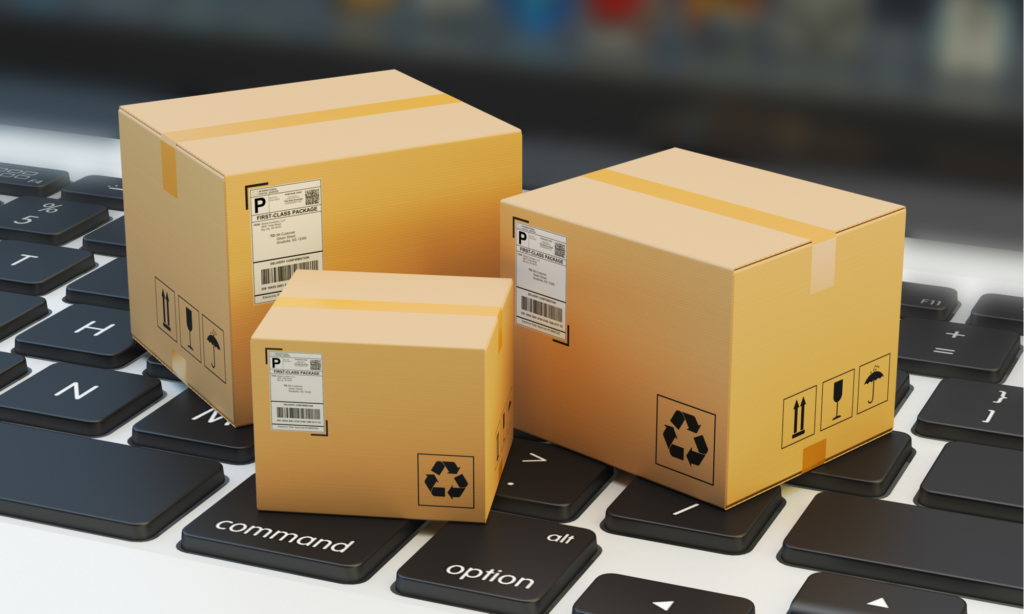eCommerce merchants have had to respond to changes in customer behaviour and the way people live in a COVID world by altering their offerings.
This blog looks at the influence Coronavirus has had on delivery propositions and how retailers can adapt their eCommerce shipping to ensure that customers still receive an excellent delivery experience.
COVID has changed the delivery experience.
During lockdown, everyone was at home, and home delivery had an extremely high success rate. Now, as many people continue to work from home, home delivery is still the preferred delivery location selected by shoppers.
The business of delivery has had to evolve to keep people safe, and it seems ‘Contactless Delivery’ is here to stay. That is, that the delivery driver knocks or rings the bell and steps away, and ensures that the package is received without any signatures or contact.
Even larger items, like sofas, can be safely delivered if carriers call ahead to arrange the best way to organise social distancing with the recipient and reassure them about what will happen. For options like ‘Room of choice’ delivery, the recipient can simply step outside during delivery or choose for the item to be left outside and all of this should be pre-arranged.
It’s important to communicate to the customers that warehouse staff and drivers are adhering to safety protocols so they know that their parcels are safe.


33% of UK consumers are shopping more online now compared to during lockdown, while 38% are shopping as much online as they did during lockdown.
The anticipated sudden drop off of online sales didn’t happen once the shops reopened; instead online sales softened only slightly. Shopping from home continues to be the safest and most convenient option for most people; it seems that the current online order volumes are here to stay.
This means retailers need to have a reliable delivery strategy in place to stay in the competition.
One of the largest adjustments to online delivery is not the social distancing at the point of delivery but rather throughout the warehouse.
Warehouses have had to introduce measures like sanitation stations, markings on the floor or sensor technology to keep this environment clean and safe and uncrowded. And, not surprisingly, this slows everything down.
Even when a carrier can perform next day or same-day delivery from the time they pick up packages, it’s likely that the order will take extra time to be picked and packed and ready for the carrier in the warehouse than in the pre-COVID era.

Does speed of delivery still matter to consumers?
Pre Covid faster delivery like Next day and Same day was driving a competitive edge, particularly for the likes of Amazon, and this became a standard customer expectation.
Now that people aren’t rushing around to work and events in vast numbers as they used to and there is less travel and socialising do shoppers still want their purchases immediately?
Many products simply don’t warrant immediate delivery and some shoppers are therefore content to wait, knowing they’ll be at home anyway.
But needing it Next day is not the same as wanting it next day, and as the standard for immediate gratification was already set, some shoppers fall into the impatient category and want the certainty that they’ll have their items the next day.
The circumstances around COVID has meant that the consumer expectations may have dipped slightly when it comes to speed but what is a must for shoppers is the knowing when they will get their package, tracking updates and real-time communications are absolutely essential to shoppers now. Setting expectation and cultivating trust by delivering reliably is what matters most to consumers.
How should retailers approach delivery going forward?
Astute and efficient carriers are performing strongly at this time. Many carriers have been on recruitment drives and are expanding their operations due to the surge in online demand.
Resourceful retailers that take the time to learn about carrier performance and ensure they have a multi-carrier approach will have the advantage. Having one central hub for all carriers and data on their performance, such as Scurri, means merchants can expand capacity as volumes increase and always have contingencies in place to continue to transact and be flexible in the event of a crisis.
Communicating to customers regarding their deliveries is a must. Informing them of delivery times, safety standards and potential delays are crucial for building trust and customer loyalty.

AUTHOR
Laura Roche Marketing Executive, Scurri
Laura Roche is a Marketing Executive at Scurri, managing social media and content marketing. Laura shares breaking news in the eCommerce space with our readers as well as sharing insights across the delivery and logistics landscape.
